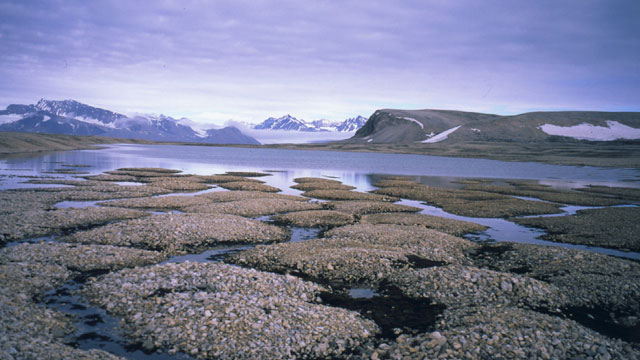Large methane emission upon spring thaw from natural wetlands in the northern permafrost region
CH4 emission upon spring thaw in the high latitudes might be enhanced by the projected climate warming.
Abstract
The permafrost carbon–climate feedback is one of the major mechanisms in controlling the climate–ecosystem interactions in northern high latitudes. Of this feedback, methane (CH4) emission from natural wetlands is critically important due to its high warming potential. The freeze–thaw transition has been confirmed to play an important role in annual CH4 budget, yet the magnitude of this effect is uncertain. An intensive field campaign was carried out in the Sanjiang Plain, Northeast China to estimate the CH4 emission in the spring freeze–thaw transition period.
The observation concluded that a large CH4 source was caused by spring thaw; the maximum hourly emission rate was 48.6 g C m−2 h−1, more than three orders of the regularly observed CH4 emission rate in the growing season. In some sporadically observed ‘hot spots’, the spring thawing effect contributed to a large CH4 source of 31.3 ± 10.1 g C m−2, which is approximately 80% of the previously calculated annual CH4 emission in the same study area.
If our results are typical for natural wetlands in the Northern Hemisphere permafrost region, we estimate a global CH4 source strength of 0.5–1.0 Tg C (1 Tg = 1012 g) caused by spring thaw in the Northern Hemisphere permafrost region in the year 2011. Combining with available satellite and flask data, a regional extrapolation reaches a temporal pattern of CH4 emission during 2003–2009 which is consistent with recently observed changes in atmospheric CH4 concentration in the high latitudes.
This suggests that the CH4 emission upon spring thaw in the high latitudes might be enhanced by the projected climate warming. These findings indicate that the spring thawing effect is an important mechanism in the permafrost carbon–climate feedback and needs to be incorporated in Earth system models. IOP Publishing (Published 19 July 2012)
